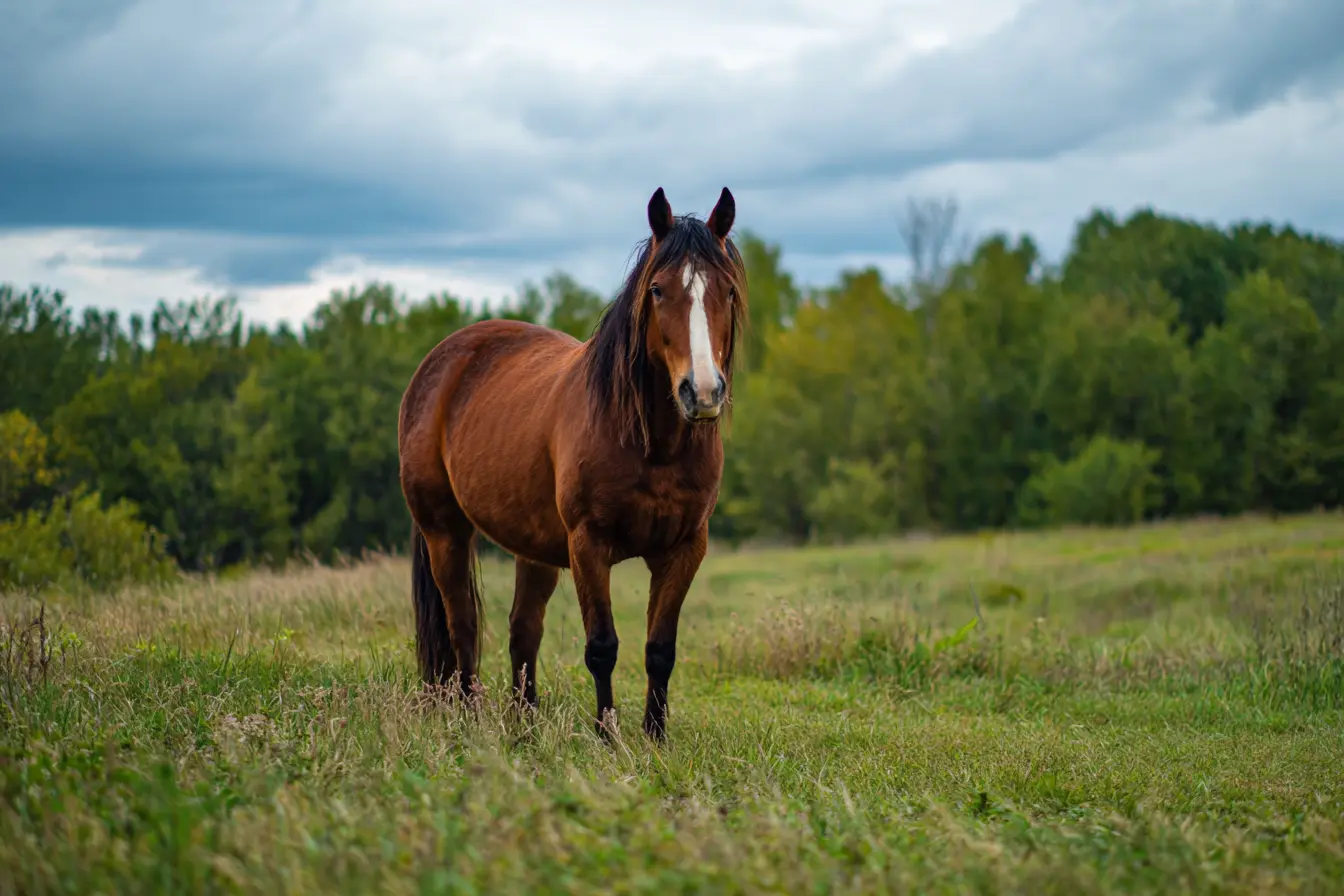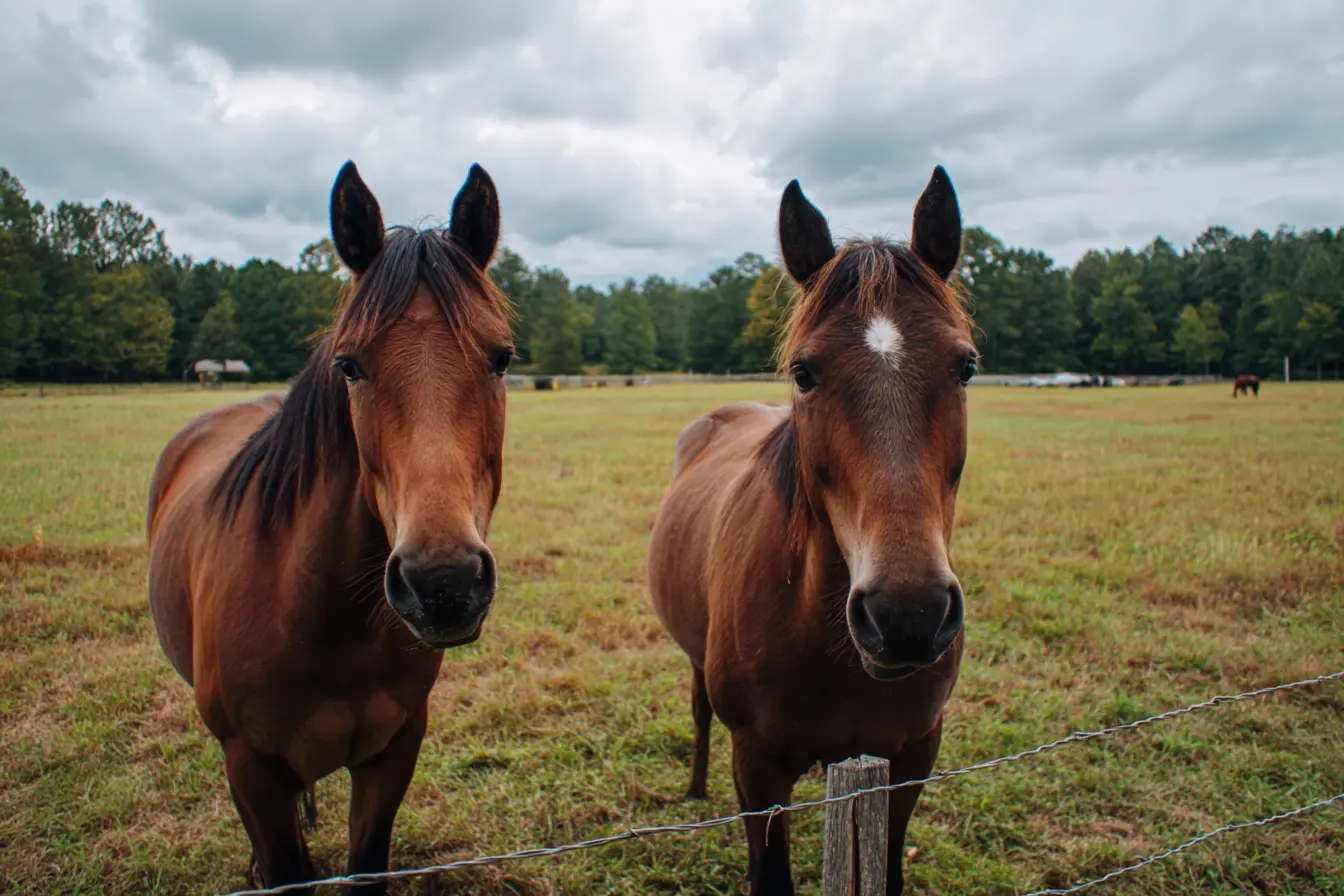
A Complete Guide to Castration in Horses
Castration, also known as gelding, is one of the most common surgical procedures performed on male horses. It involves the removal of both testicles to prevent reproduction and reduce hormone-driven behaviours. For many horse owners, castration is a vital part of responsible horse management, improving behaviour, safety, and herd compatibility.
This post explains everything you need to know about castration in horses, including the reasons for it, the ideal timing, how the procedure is done, aftercare, potential risks, and long-term considerations.
Why Horses Are Castrated
Male horses are born as colts (entire males) and will develop into stallions if left entire. Stallions can be strong-willed, territorial, and difficult to manage. Castration reduces testosterone production, which in turn reduces aggressive or sexual behaviours.
The main reasons for castrating horses are:
-
Behavioural management Geldings are calmer, more manageable, and easier to train than stallions, making them safer for riders and handlers.
-
Preventing unwanted breeding
Castration prevents reproduction and allows horses to be kept in mixed-sex herds without risk of unplanned pregnancies. -
Reducing injury risk
Geldings are less likely to fight with other horses, which reduces the chance of bites, kicks, and other injuries. -
Practicality and welfare
Stallions require separate housing and experienced handling. Most owners and yards are better equipped to manage geldings than stallions.
When to Castrate a Horse
The ideal time for castration depends on the horse’s age, maturity, and behaviour. Most colts are castrated between 6 and 18 months of age, but it can be done at almost any age.
Key considerations include:
- The colt should be healthy, well-grown, and have both testicles descended.
- Early castration (before strong stallion behaviour develops) can make behavioural management easier.
- It is usually done in spring or autumn to reduce fly activity and avoid muddy ground, which lowers the risk of infection.
- Castration should be delayed if the horse has any illness, cryptorchidism (undescended testicle), or other health concerns.
Your vet will advise on the best timing for your individual horse.
How the Procedure Is Performed
Castration must be carried out by a qualified veterinary surgeon. There are two main methods:
Open standing castration
- Done under heavy sedation with local anaesthetic.
- The horse remains standing.
- The scrotum is incised, and the testicles are removed.
- This method is only suitable for younger, well-handled colts with small testicles.
Closed or recumbent castration
- Done under general anaesthesia with the horse lying down.
- The testicles are removed through small incisions, which are left open to drain.
- This is the most common method for older colts or those with larger testicles.
In both cases, the wounds are left open to heal naturally, which helps prevent fluid build-up and infection.
Aftercare
Aftercare is essential to ensure a smooth recovery and prevent complications.
- Turnout or light exercise (in-hand walking) is recommended after 24 hours to reduce swelling.
- The wound should be checked daily for signs of excessive swelling, bleeding, discharge, or flystrike.
- The horse should be kept in a clean, dry environment to reduce the risk of infection.
- Fly control measures should be used during warm months.
- Pain relief and, if prescribed, antibiotics should be given as directed by the vet.
Healing usually takes two to three weeks, though swelling can be expected for several days.
Potential Risks and Complications
Castration is generally a safe and routine procedure, but like any surgery, it carries some risks. These include:
- Bleeding (haemorrhage)
- Swelling and fluid accumulation
- Infection or abscess formation
- Evisceration (rare, when intestine protrudes through the incision)
- Incomplete castration (if a testicle is retained or missed)
Most complications are rare when the procedure is carried out by an experienced vet and aftercare instructions are followed carefully.
Behavioural Changes After Castration
Castration removes the primary source of testosterone, so stallion-like behaviours gradually decrease. This change is not immediate, as testosterone already present in the body takes time to clear.
- Behaviour usually begins to settle within a few weeks.
- Full behavioural change may take several months.
- Learned behaviours may persist in some horses, even after testosterone levels drop.
Patience and consistent training are important during this transition period.
Long-Term Considerations
- Geldings can live together peacefully in groups, reducing the need for separate turnout areas.
- Most geldings are suitable for general riding, competition, or companionship.
- Castrated horses tend to have longer, more manageable careers and are more suitable for a wider range of owners.
Conclusion
Castration is a common and responsible part of horse management. It helps prevent unwanted breeding, improves safety, and makes horses more manageable and sociable. When done at the right age and with proper aftercare, it is a straightforward and low-risk procedure that benefits both horses and their handlers.
Always consult your vet about the best time and method for castrating your horse, and follow all aftercare advice carefully to ensure a smooth recovery and long-term wellbeing.
Vets near you
Speciality vets
- Aquatics vet specialists
- Birds vet specialists
- Camelids vet specialists
- Cats vet specialists
- Cattle vet specialists
- Deer vet specialists
- Dogs vet specialists
- Equines vet specialists
- Exotic vet specialists
- Goats vet specialists
- Pigs vet specialists
- Poultry vet specialists
- Sheep vet specialists
- Small Mammals vet specialists
- Wild vet specialists



